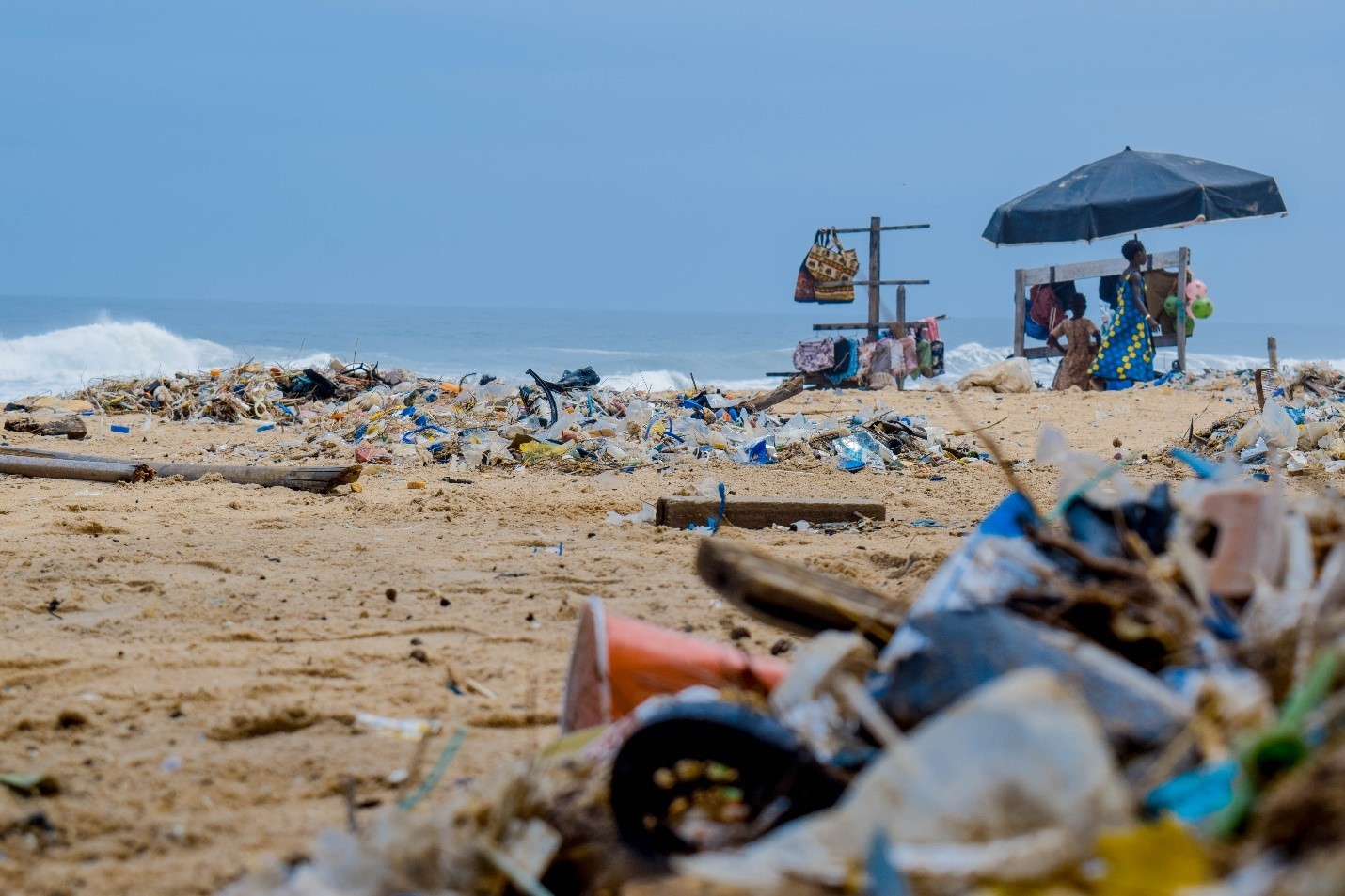Plastic pollution does not exist in a vacuum because of the interdependence of organisms in our ecosystem. Plastic pollution affects natural processes, biodiversity, human and animal habitats and contributes to climate change. Whether dumped in landfills or incinerated, plastic waste still adversely affects our physical environment and air quality leading to other multilayered environmental and societal problems.
As Kenya prepares to host the upcoming Climate Action Summit from 4th – 8th September 2023, the connection between plastic pollution and Climate Change needs to be highlighted. We should not only focus on emission regulations but also on the efforts to reduce plastic pollution.
Here are six ways plastic pollution is linked to climate change:
- PLASTIC PRODUCTION: Plastics originate from fossil fuels. According to The Geneva Environment Network, the plastic industry accounts for about 6 per cent of global oil consumption and is expected to reach 20 per cent by 2050. A significant quantity of greenhouse gas (GHG) emissions are produced during the production of plastics due to the energy-intensive operations needed to extract and distil oil.
- CONSUMPTION: Most people forget about plastic waste once they finish using it and discard it. Little do we know, only about 8-10 per cent of it in Kenya is effectively recycled. In fact, according to Business Insider Africa, Kenya ranks 5th in Africa’s rate of plastic waste production, with about 1.28 Million metric tons of waste produced per year.
- PLASTIC DISPOSAL/END OF LIFE: When exposed to solar radiation in both air and water, plastic trash emits greenhouse gases if it is not recycled or disposed of in a regulated manner. The mismanagement of about 12 per cent (966,000 tonnes/year) of plastics in Kenya results in some of it being washed into the ocean, where it is exposed to sunlight, releasing methane and ethylene. Globally, polyethene is the most produced and discarded synthetic polymer, emitting the most significant levels of both gases. Governments put up Extended Producer Responsibility policies worldwide to ensure proper collection and recycling is facilitated by manufacturers to avoid plastic waste in the environment.
- PLASTIC RECYCLING: Although recycling might considerably lessen the effects of plastic pollution on the environment and its role in climate change, as of 2022, only 8% of the waste produced in Kenya is effectively recycled. The potential adverse effects of plastic waste in the environment may be significantly reduced if the circular economy’s Refuse, Reduce and Reuse concepts are fully applied to plastics; and with extension to cement, aluminum, and steel.
- PLASTIC LITTER IN MARINE: Worldwide, United Nations Environmental Program (UNEP) estimates that every minute, “one garbage truck” worth of plastic waste is poured into the ocean. Microplastics are produced as plastics in the marine degrades, contributing to climate change both directly through GHG emissions and indirectly through adverse effects on marine life. Marine life accidentally ingests microplastics affecting their role in the natural process, leading to imbalances in the natural environment. For instance, plankton, which influences the exchange of gasses between the atmosphere and the sea, can accidentally ingest microplastics. After ingesting microplastics, plankton’s capacity to absorb atmospheric carbon dioxide declines. Declined capacity of plankton’s carbon dioxide intake leads to an atmosphere imbalance (more carbon dioxide).
- PLASTIC WASTE INCINERATION (OPEN BURNING): The informal settlements of Kenya and other developing nations frequently rid trash by open burning. Sadly, plastic waste (some polymers more than others) also pollutes the air when burnt. Black carbon, a significant air pollutant produced when waste is burned in open flames, is to blame for half of the visible smog in emerging cities. Black carbon can potentially warm the planet up by to 1,500 times more than carbon dioxide (CO2).
So, what can we take out of this? Remember that our environment thrives on intricate patterns and interdependent processes to maintain a healthy, safe balance. As the producers and users of plastic products, we should also actively recycle the plastic waste and byproducts we create.
Extended Producer Responsibility (EPR) policies aim to have producers track their product’s lifecycle and facilitate its recycling. As we discuss climate issues in this year’s summit, let us also remind the critical stakeholders in the plastics value chain about their roles in EPR.


